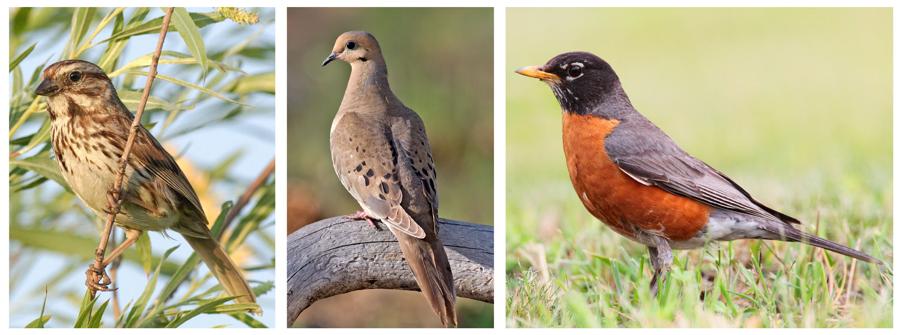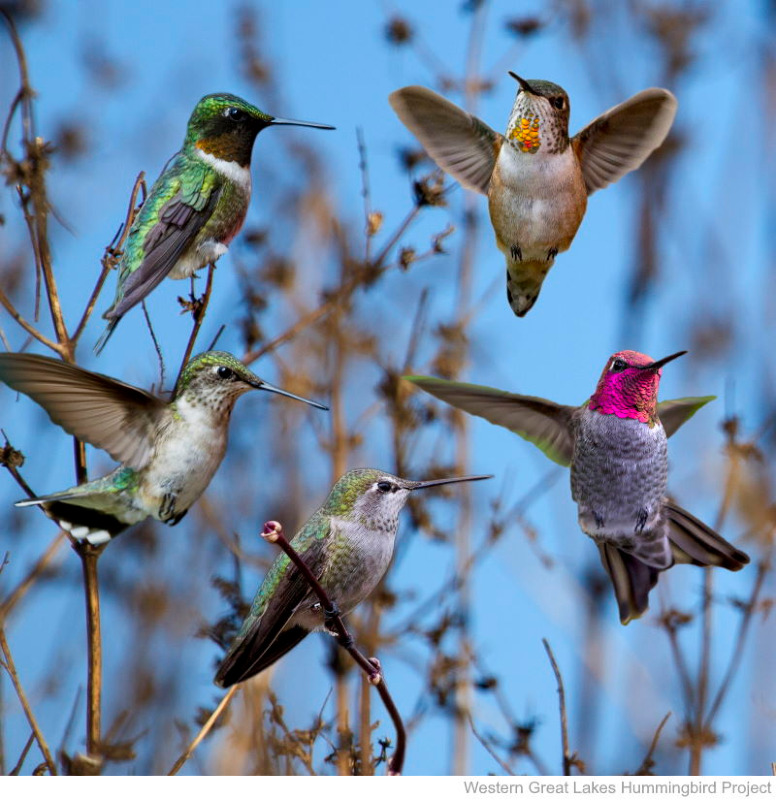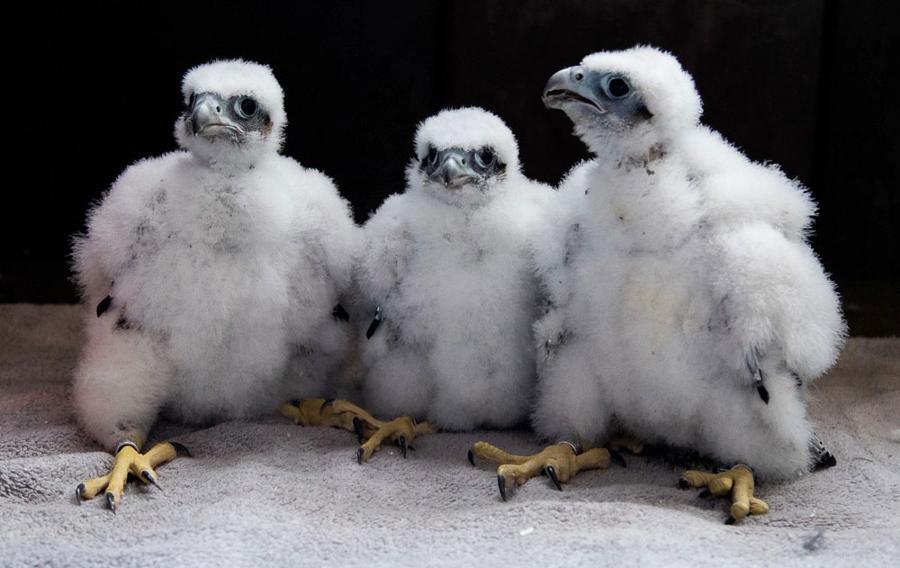The Bald Eagle Population Is Recovering in Wisconsin
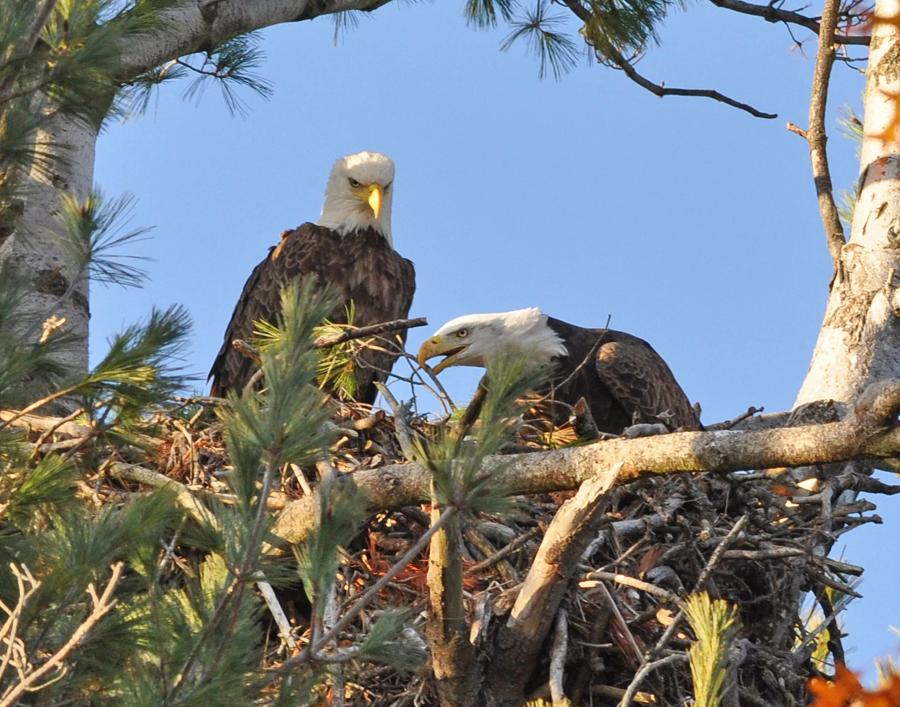
by Theodore Morrison, age 18
Bald eagles, perhaps the most significant symbol of the United States, have had a resurgence in Wisconsin, with numbers reaching a modern state record.
Within the 20th century, the population of bald eagles dropped to less than 1,000 in the whole U.S., devastated by hunting, use of chemicals, and poisoning, reaching record lows in Wisconsin within the 1970s. For purposes of preservation, the Endangered Species Act was passed in the 1970s as federal law, and the ban of a particularly harmful chemical, DDT, was enacted in the state of Wisconsin, leading to a 1978 comeback for the eagle population. These progressions have had a notable impact: the Department of Natural Resources tracked 108 bald eagle nests in Wisconsin during the 1970s, and in 2019, they tracked 1,684.
The Southern Wisconsin Bird Alliance has been monitoring bald eagles in Wisconsin and tracks important observations regarding the birds and their health. These observations are extensive, totalling 5,997 hours over 585 volunteers and include “egg laying, hatching, chick rearing and fledging” over 267 nests between 46 Wisconsin counties. [Read More]


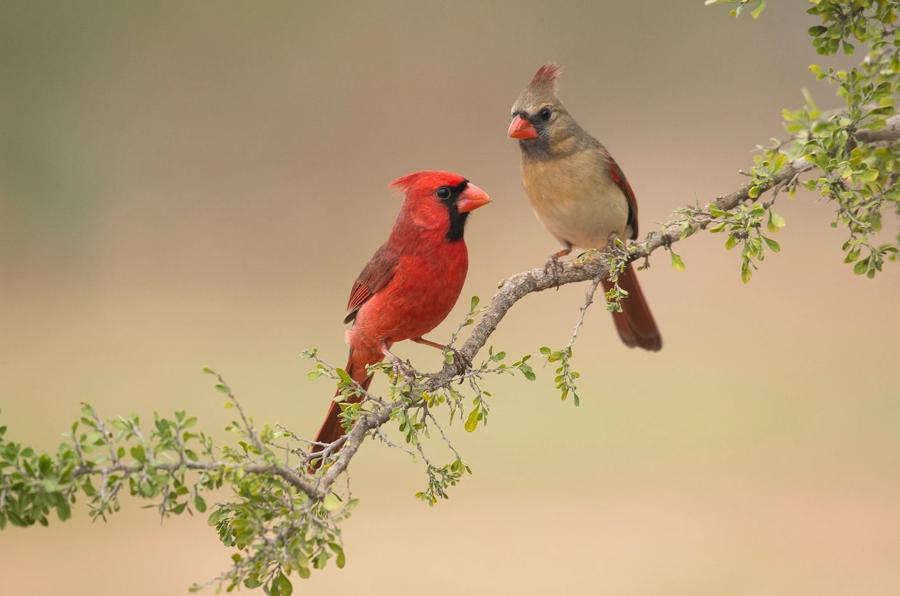
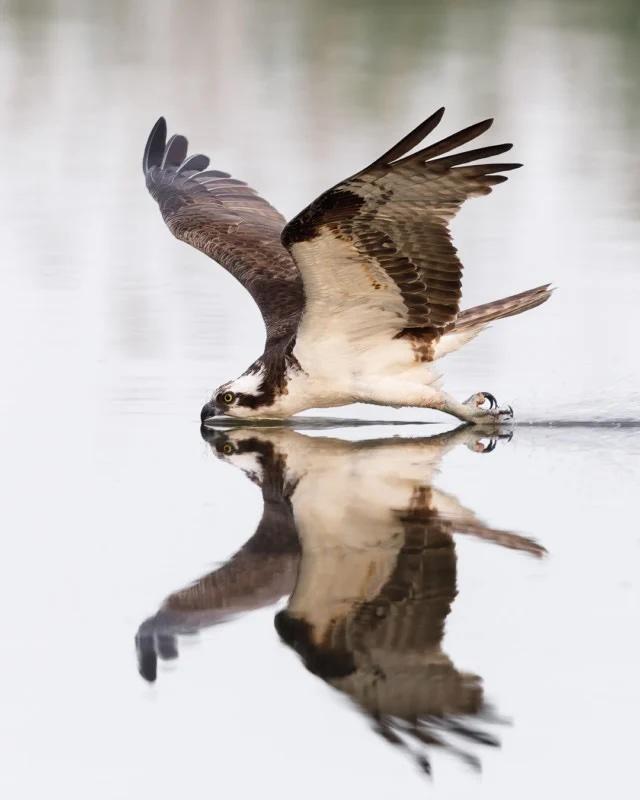
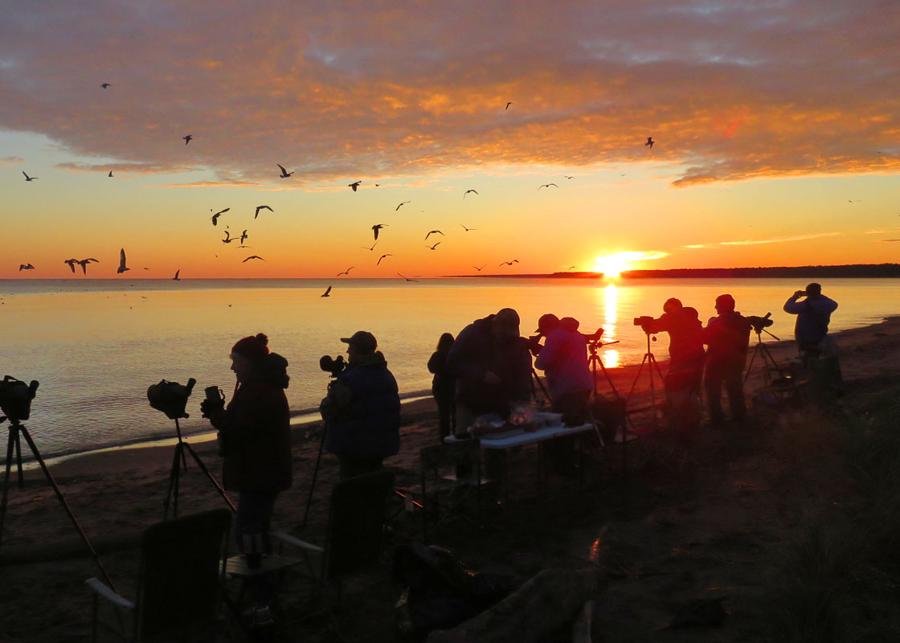
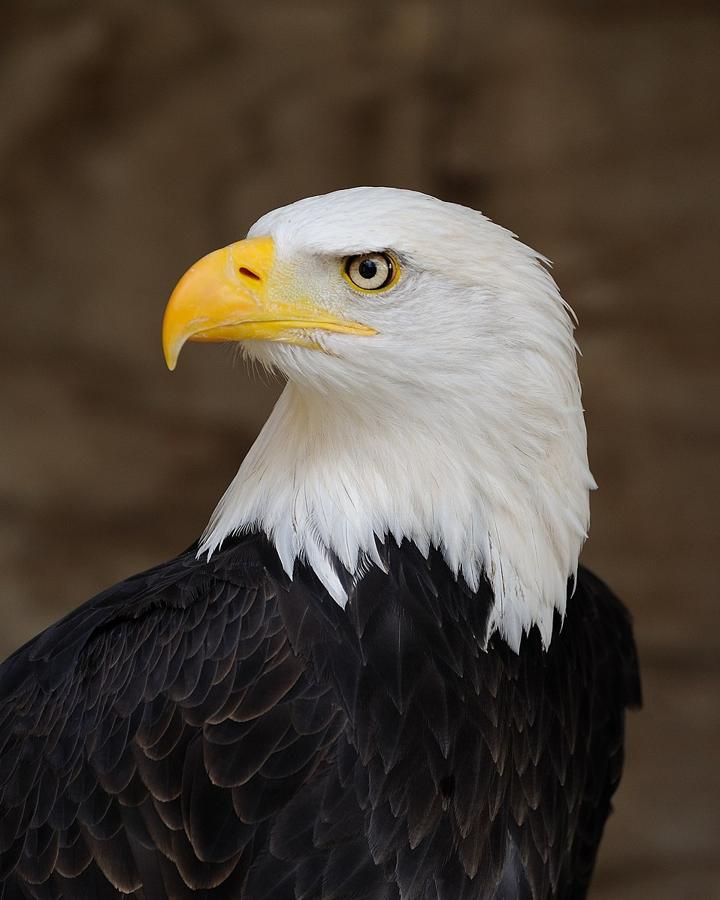
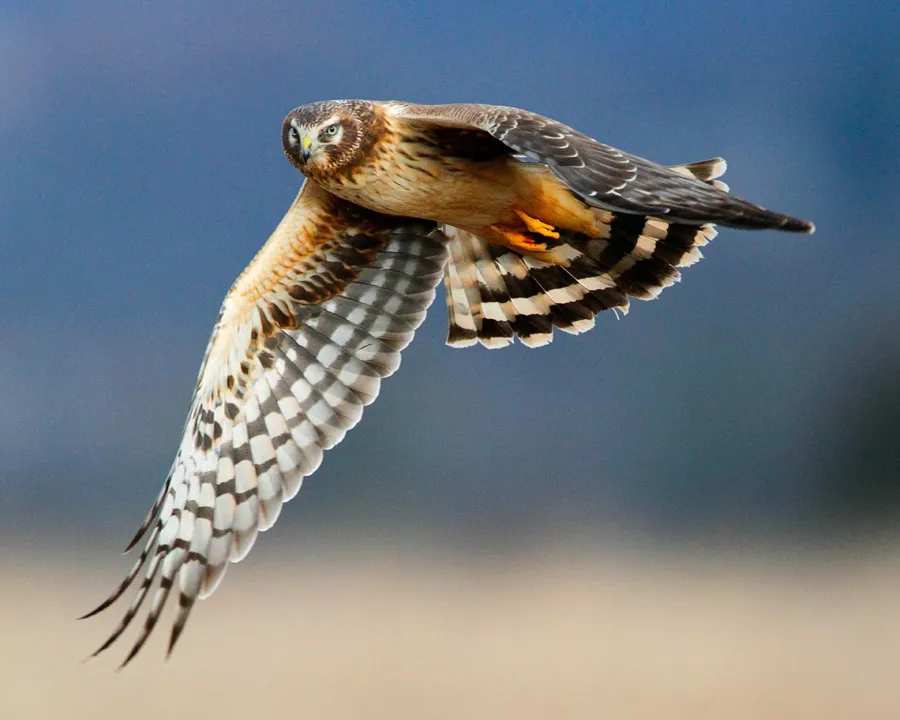
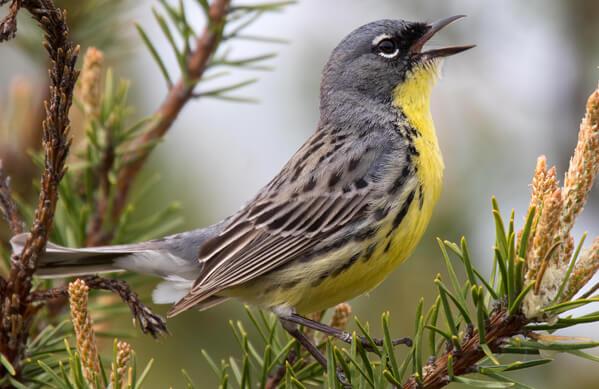
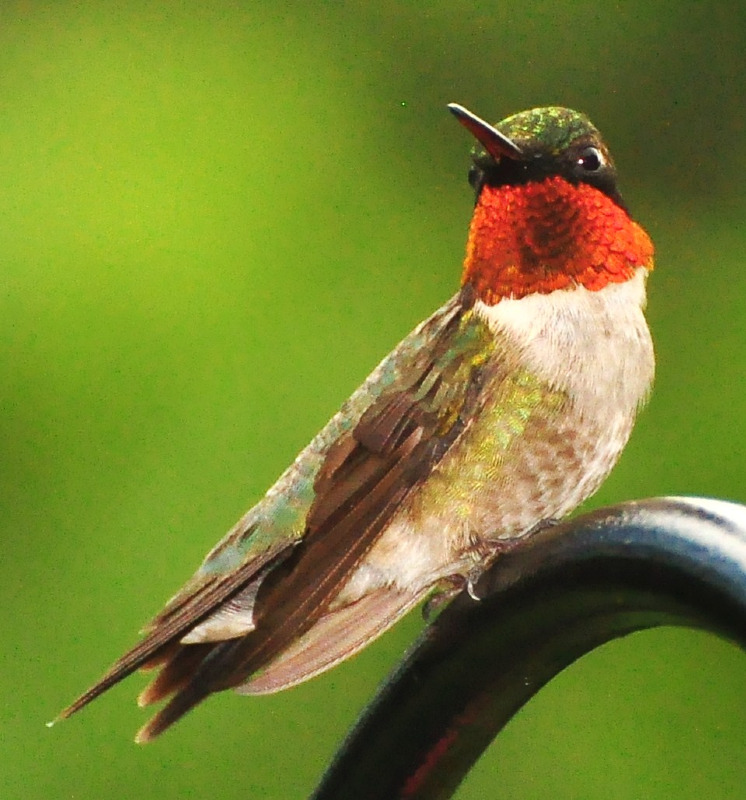
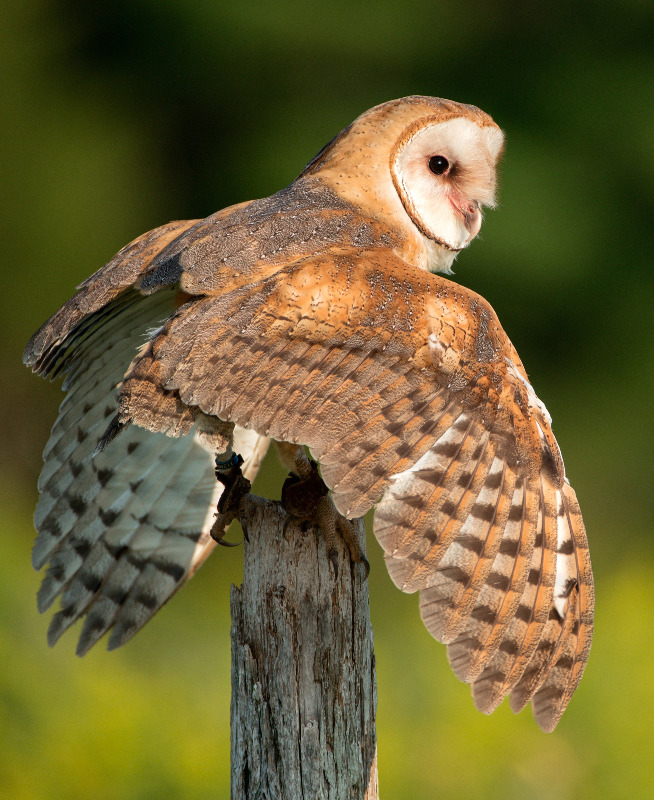
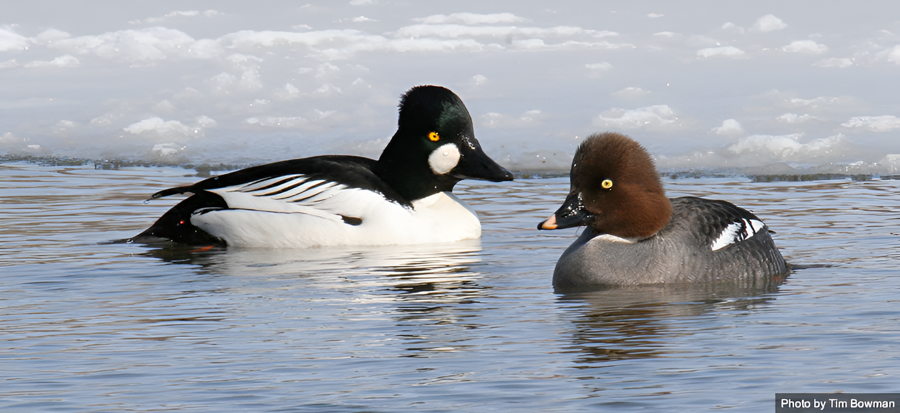
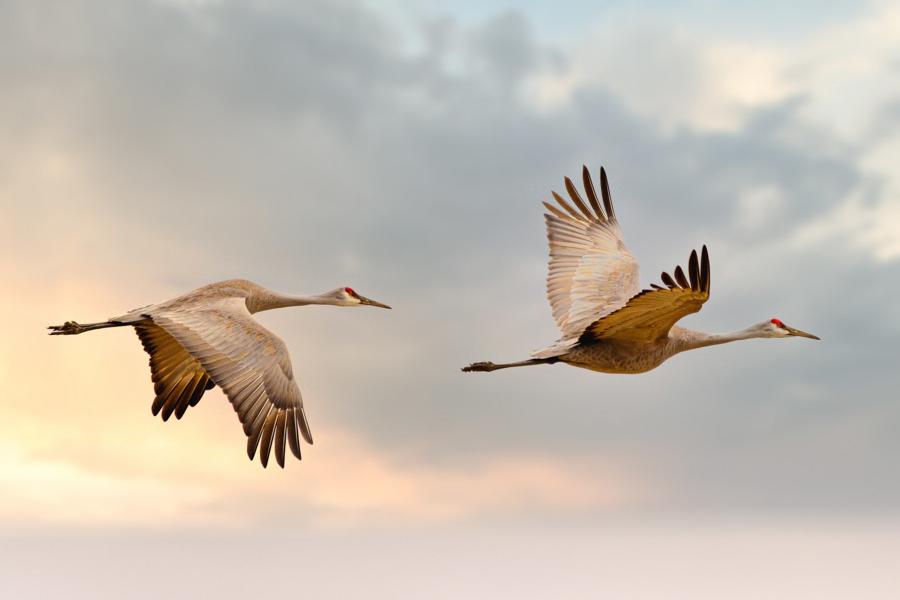
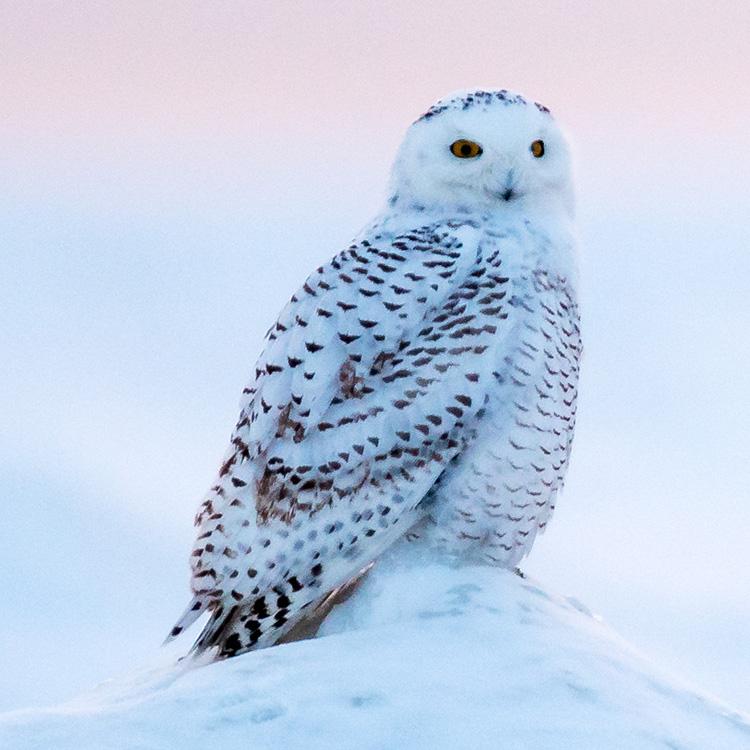
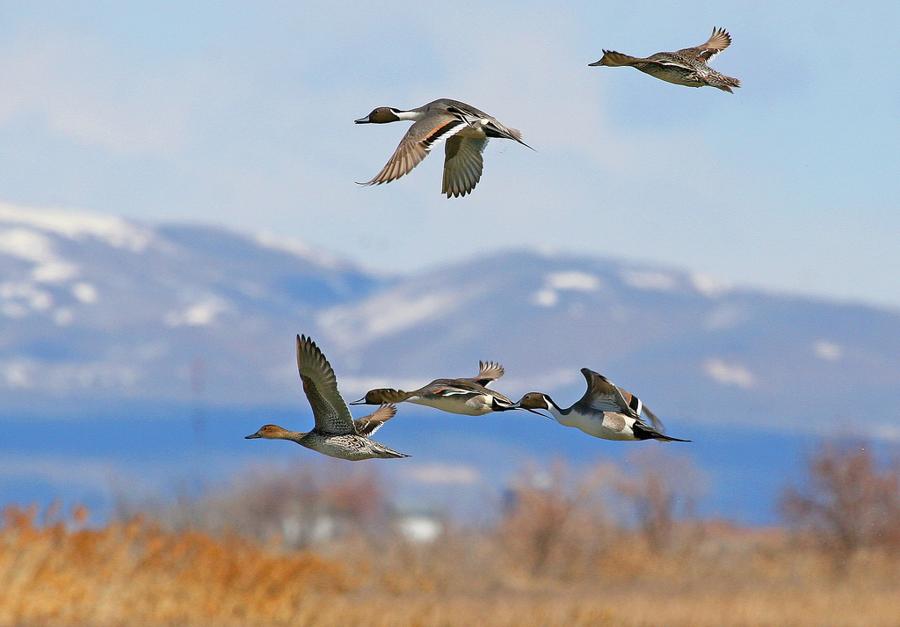
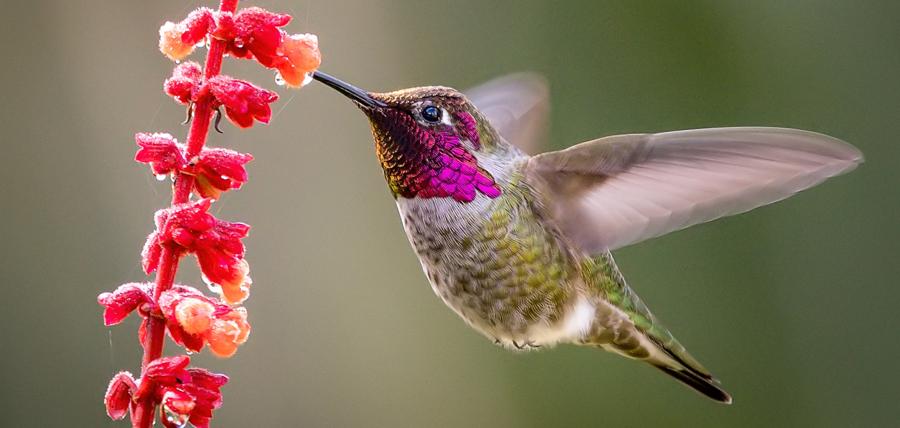

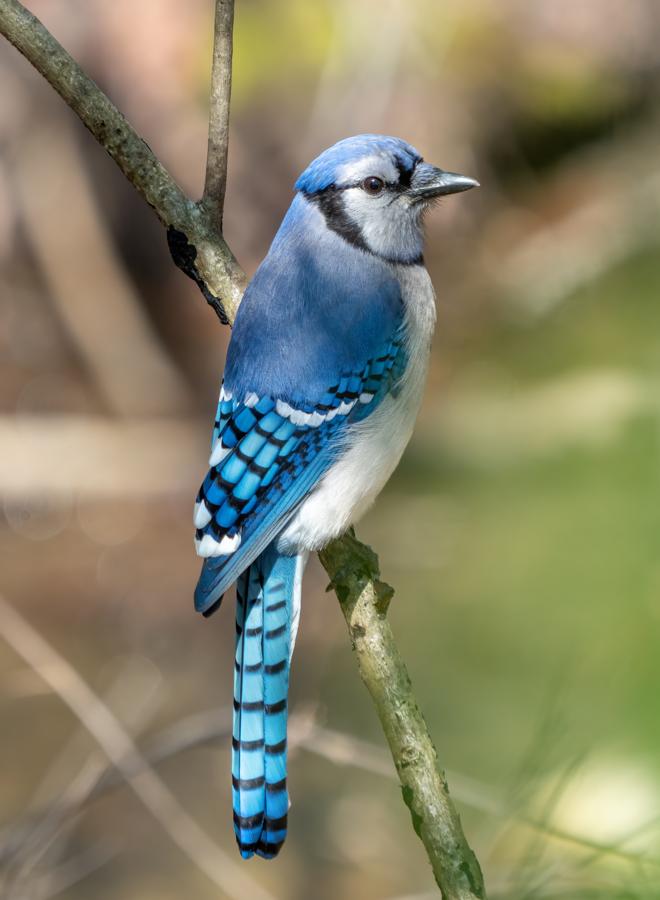
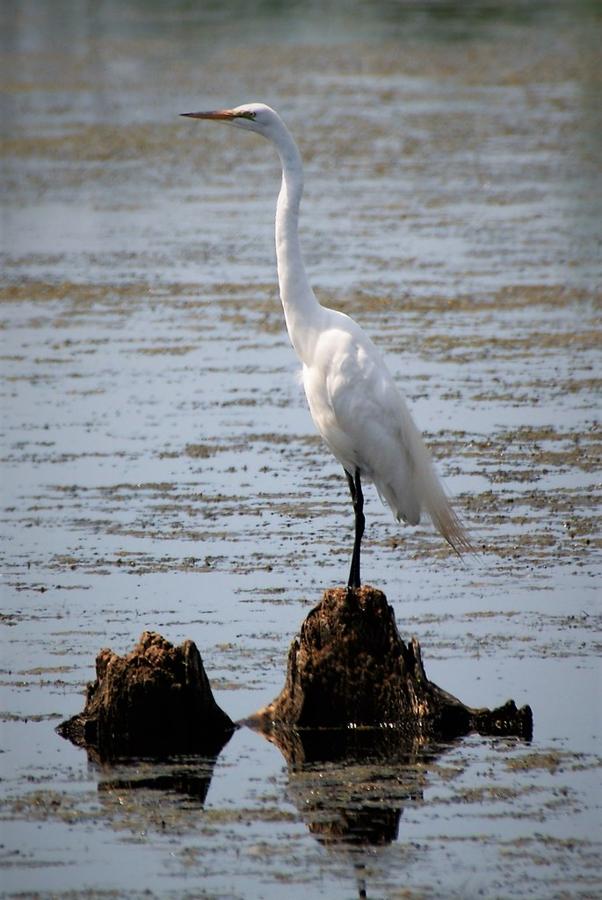
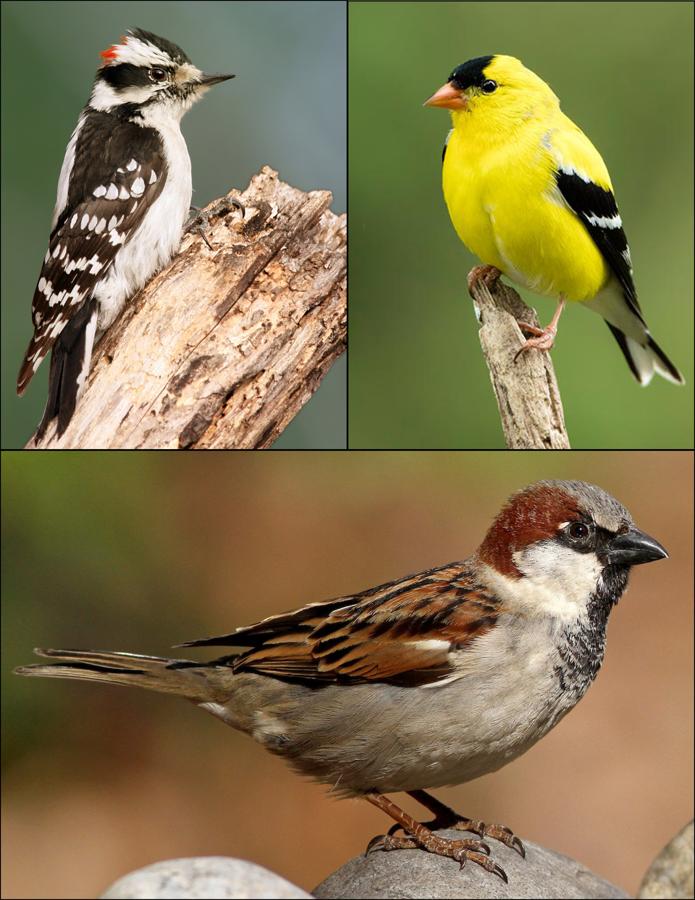
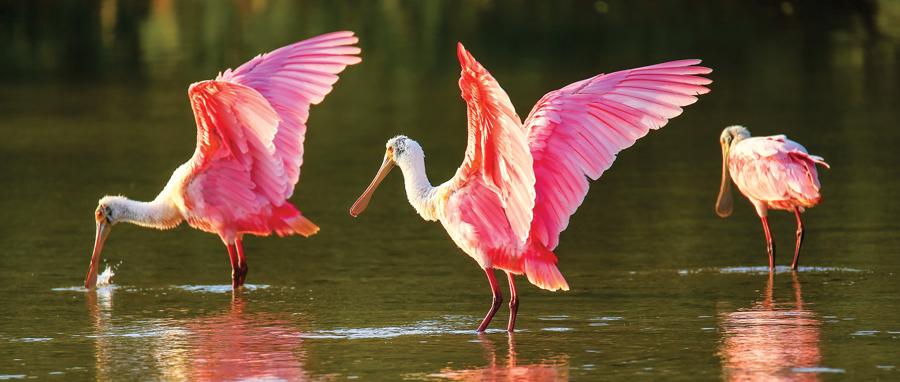

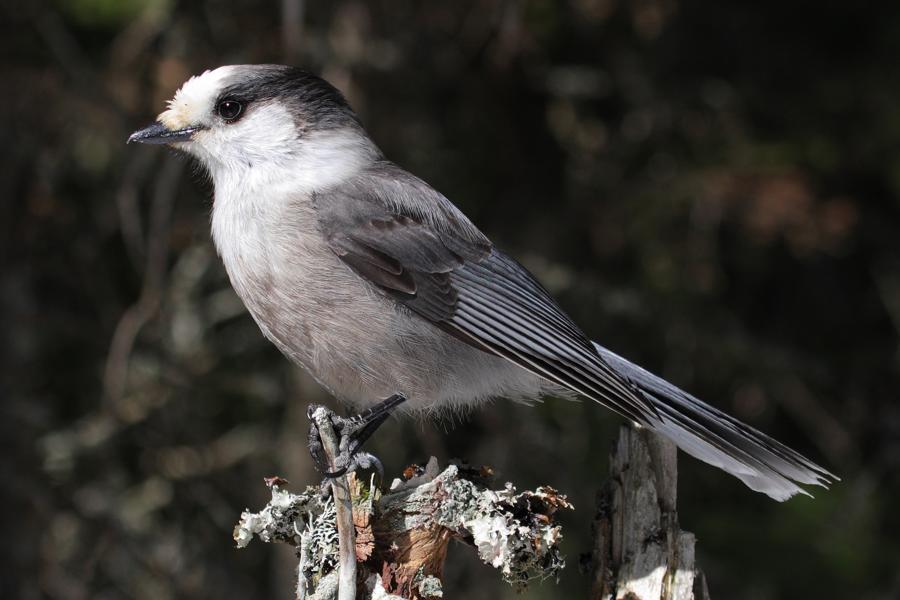
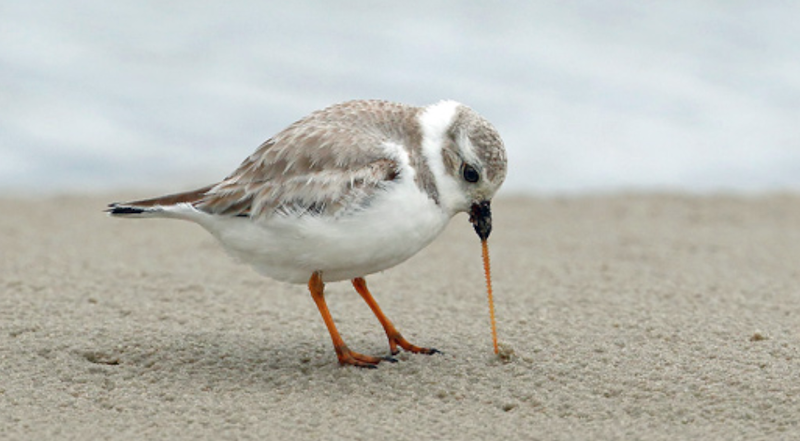
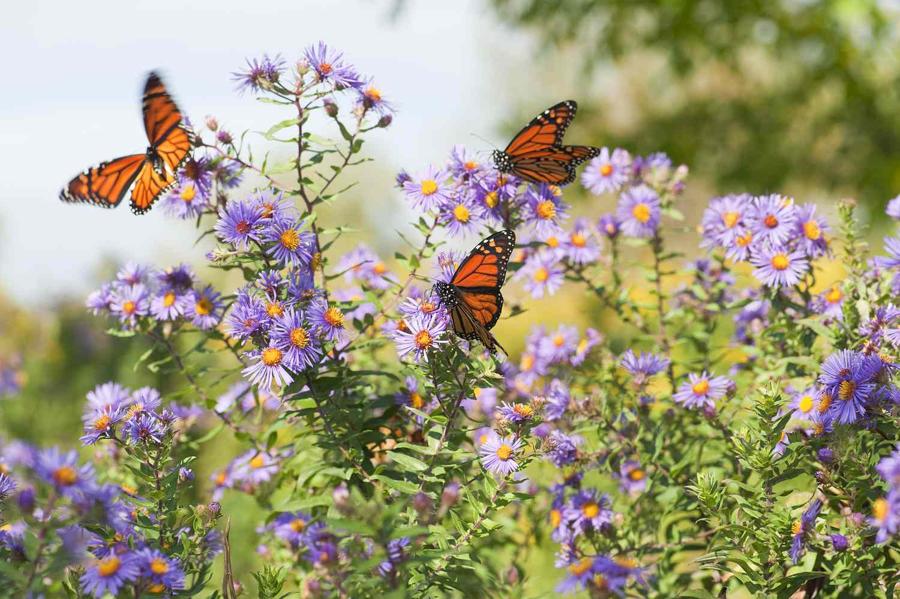
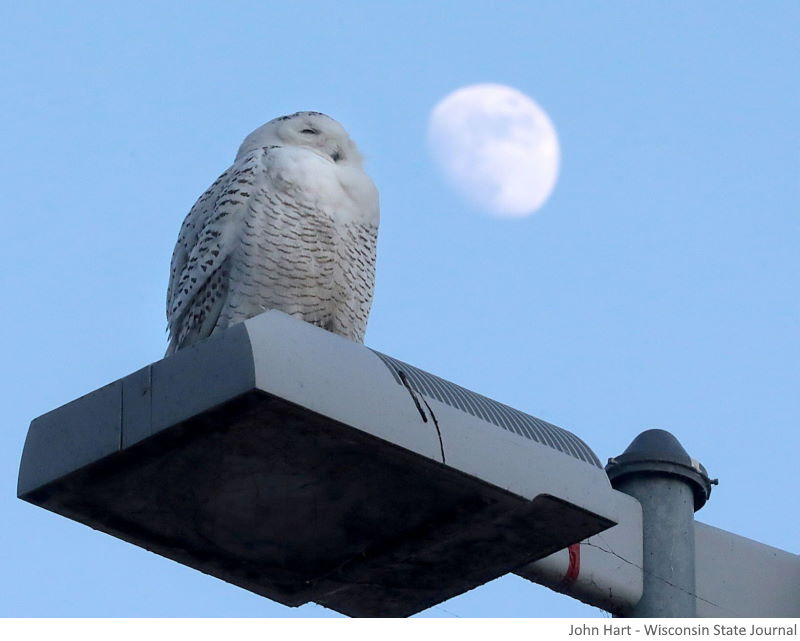
,_Owen_Conservation_Park,_Madison,_Wisconsin_July_2016_(crop).jpg)
